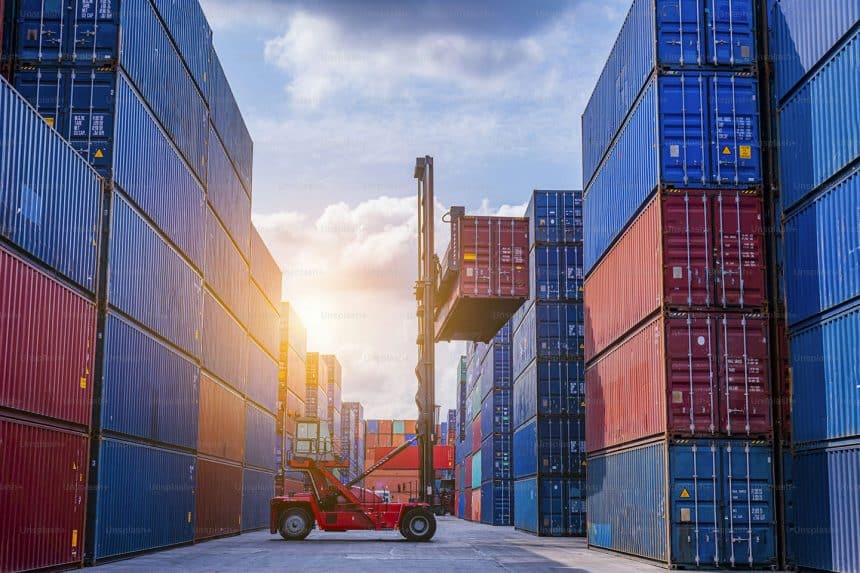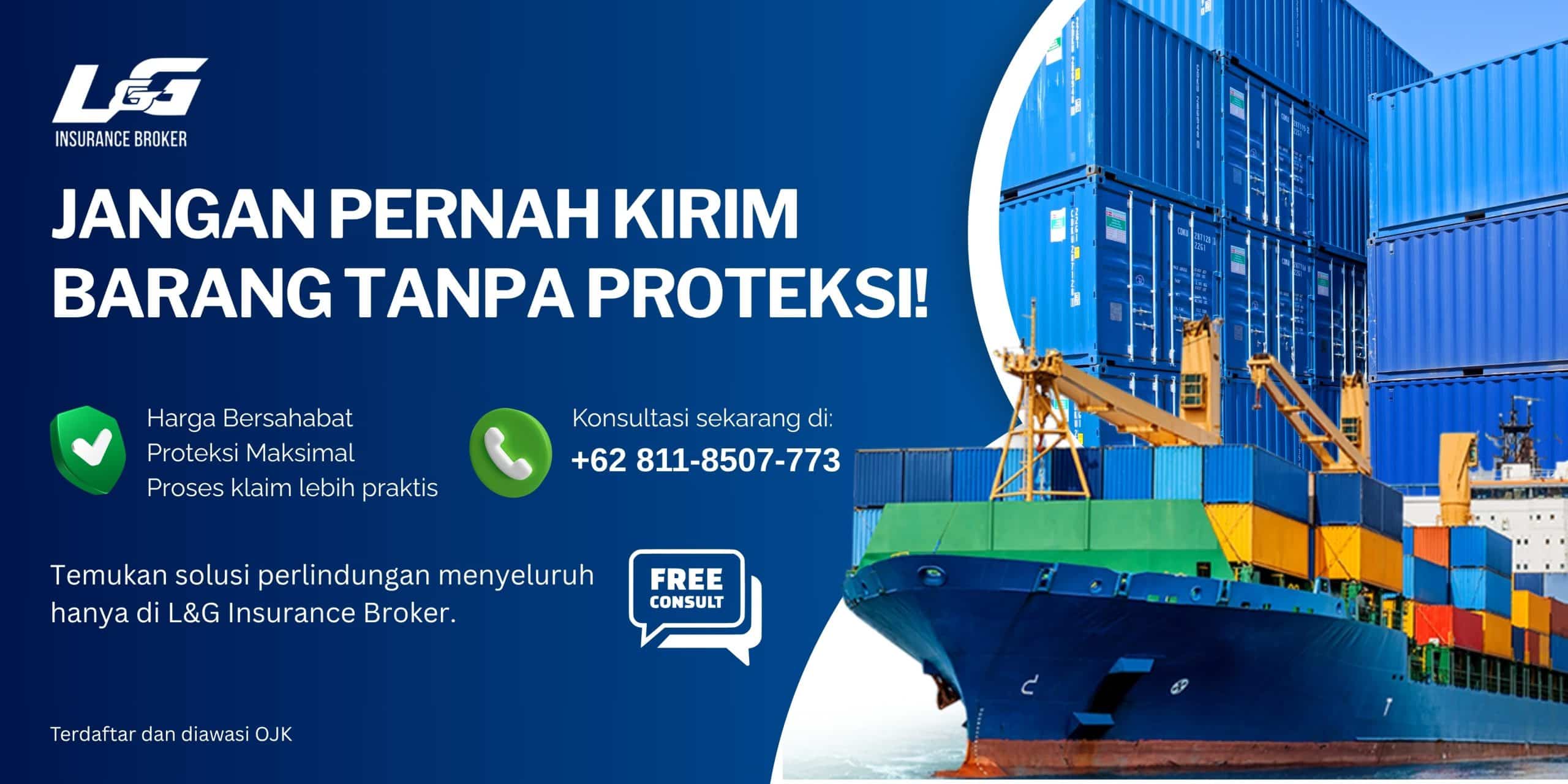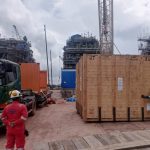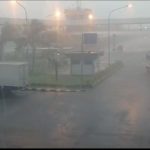Hello Liga Asuransi Friends! We’re delighted to welcome you back to our trusted information channel, which discusses various aspects of risk protection and insurance solutions for the world of logistics and freight forwarding. This time, we’ll be discussing in depth…the importance of choosing freight insurance right, especially to anticipate risks of damage due to changes in natural properties, such as temperature, humidity, or storage conditions during transit.
One of the risks that often occurs but is often ignored is damage due to changes in the natural properties of goods. In the increasingly complex world of logistics and global trade, transporting goods is more than just getting from point A to point B. Behind the scenes, various hidden risks can lead to significant losses for companies. One of the most common, yet rarely recognized, risks is damage to goods due to changes in natural properties.
Many business people do not realize that not all policies of freight insurance will cover damage caused by natural changes such as temperature, humidity, oxidation, or fermentation. These risks can significantly impact the quality, resale value, and suitability of the goods being shipped.
Before discussing tips, examples, and recommendations in more depth, it is important for you to understand the basis for protection from transport insurance against the risk of changes in the natural properties of goods. We have covered this specifically in the following main article:
👉 Does Freight Insurance Still Cover Goods Damaged Due to Natural Changes in Properties?
What is meant by natural changes in the world of transportation?
Natural changes in properties refer to physical or chemical transformations that occur naturally in materials due to temperature, humidity, air pressure, or time. For example, palm oil solidifies in cold temperatures, or ground coffee clumps due to high humidity.
Even if these changes are not caused by negligence or accident, their impact can make the goods unsaleable, not meet quality standards, or even have to be thrown away.
Concrete example:
- Chocolate and milk-based products may melt during shipping without refrigeration.
- Fresh agricultural products such as fruit and vegetables can rot while delayed at the port.
- Dried spices or herbs can become moldy due to high humidity when passing through tropical climates.
Why Are These Risks Often Not Covered in Conventional Policies?
As discussed in the main article, a standard marine insurance policy typically exclude damage due to changes in natural properties, on the grounds that this is an inherent risk of the goods (inherent vice).
For example, here are some commonly found exclusion clauses:
- Damage due to natural deterioration
- Loss due to the influence of weather without protective measures
- Loss of commercial value due to changes in color, odor, or shape
However, these exceptions don’t mean you can’t get coverage. This is where the role of warranty extension and risk mitigation strategies become very important.
How Can This Risk Remain Tolerable?
If you have items that are susceptible to damage due to natural changes, there are several strategies you can apply:
- Use All Risk Insurance with Expanded Clauses
An All Risk policy is more expensive, but its coverage can cover damage due to changes in temperature, humidity, or shipping delays—as long as it is declared correctly.
Recommendation:
- Consult with insurance broker experienced to negotiate additional clauses
- Request an extension of the guarantee such as a “perishable cargo clause” or a “temperature sensitive cargo clause”
- Use the Right Packaging and Shipping Route
Companies must also adjust shipping and packaging methods:
- Use a reefer container for items such as meat, dairy products, or ornamental plants.
- Add desiccant for dry goods such as coffee or spices.
- Avoid long shipping lanes which pass through extreme weather zones whenever possible.
- Document the condition of the goods before and after
Photos and inspection reports can be very helpful when filing a claim, especially if there’s potential for changes in shape or color.
What Items Are Vulnerable to Damage Due to Natural Changes?
🔸 Foodstuffs and Agricultural Products
Including fruits, vegetables, coffee beans, tea, spices, chocolate, powdered milk.
🔸 Chemical Products and Industrial Fluids
Lubricants, oils, paints, glues, or chemicals that can crystallize or evaporate.
🔸 Medicines and Medical Products
Pharmaceutical products are highly temperature sensitive and require high temperature control.
🔸 Organic Products
Wood, natural textiles, paper—are easily damp and damaged in extreme temperatures.
Case Study: Major Losses Due to Negligent Protection
📌 Case 1: Spice Exports from Sulawesi to the Netherlands
A spice exporter failed to add silica gel and shipped the goods in a regular container. Upon arrival in Rotterdam, the spices developed mold due to the high humidity during the sea journey. The insurance claim was denied due to preventable natural changes in the properties.
📌 Case 2: Importing Vaccines without Reefer
A medical device distributor imported vaccines by sea without refrigerated containers. Due to delays at transit ports, some of the vaccines were damaged by high temperatures. As a result, the distributor lost billions of rupiah and lost a major contract.
Recommendations for Goods Owners and Exporters-Importers
Based on various findings and best practices, here are some concrete recommendations:
✅ 1. Identify Specific Goods Risks
Know the physical characteristics of your goods—are they susceptible to temperature, humidity, pressure?
✅ 2. Declare the Goods Clearly in the Policy
State the type of goods, special needs, and ask for additional clauses in writing.
✅ 3. Don’t Just Rely on Default Policies
Standard policies only provide limited protection.Use services insurance broker to customize protection to suit your logistics needs.
✅ 4. Conduct Packaging Audits and Export – Import SOPs
Work with logistics to ensure temperature, humidity, and delivery time are controlled.
Why Do Role Insurance Brokers More Vital?
Brokers are not just police sellers, but your business risk advisor. They can:
- Identifying protection gaps
- Assist in negotiating additional clauses
- Guiding during claims
- Provide logistics team education on risk mitigation
For example, L&G Insurance Broker has helped various Indonesian export companies tailor protection against the risks of natural changes—especially in the plantation, food, and chemical sectors.
Conclusion
Changes in natural conditions are a real risk in the transportation industry, especially in tropical countries like Indonesia. This risk can be prevented, managed, and even covered by insurance if you understand how to handle it properly.
📌 To understand the coverage limits in a standard policy,read our main article here:
👉 Does Freight Insurance Still Cover Goods Damaged Due to Natural Changes in Properties?
If you want to avoid losses due to misperceptions about insurance coverage, make sure you work with a trusted broker who understands the world of logistics and supply chain.
📞 Contact the L&G Insurance Broker team via WhatsApp at 0811-850-7773 for a free consultation. Don’t let one damaged item ruin your entire shipment!






















